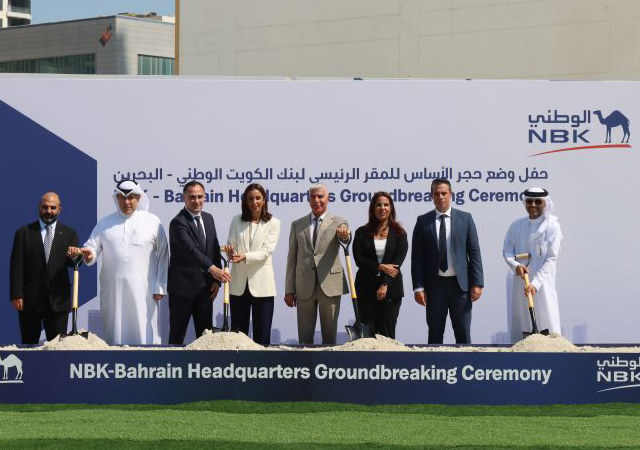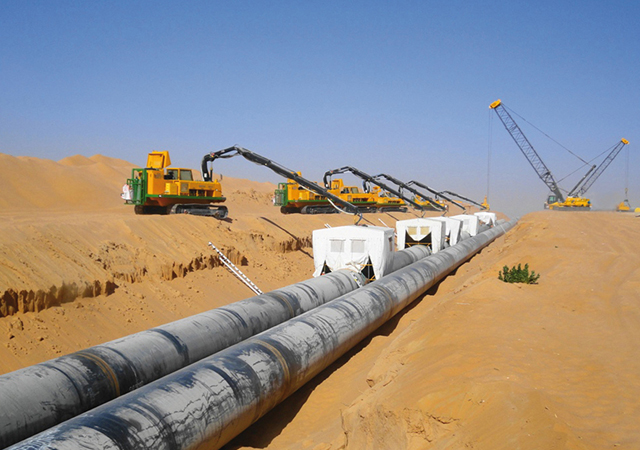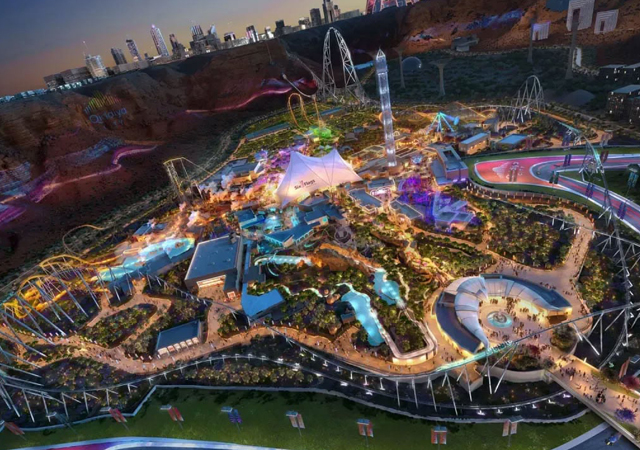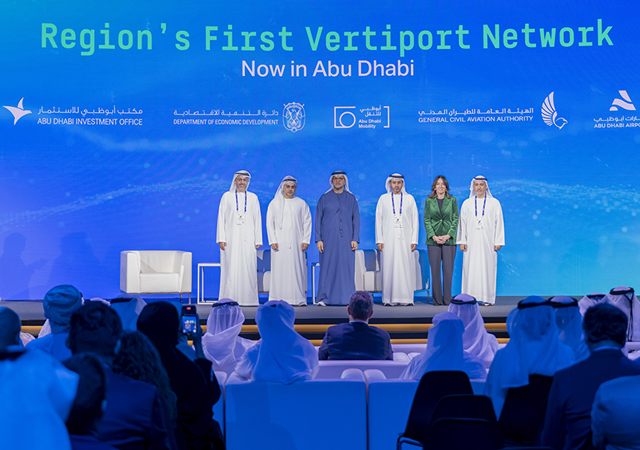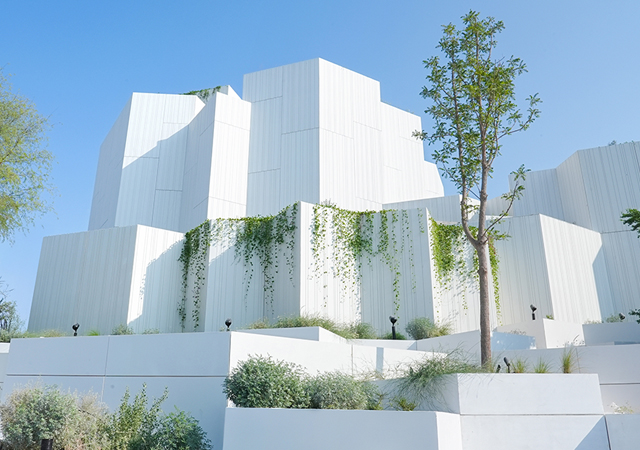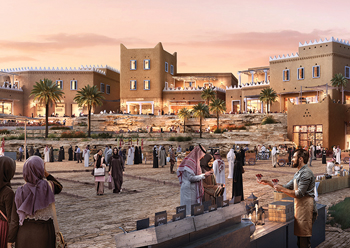
 Ummahat Al Shaykh Islands
Ummahat Al Shaykh Islands
An army of some 19,500 workers are currently engaged on multiple fronts at the ambitious Red Sea Project, including on the Coastal Village, the utilities, and the stunning resorts that will host the first tourists that step into this 28,000-sq-km pristine tourism destination along Saudi Arabia’s west coast.
The area is home to a vast archipelago of 92 islands, mountain canyons, dormant volcanoes, sweeping desert dunes, and ancient heritage sites. Upon completion in 2030, The Red Sea Project is expected to host 50 hotels, offering up to 8,000 hotel rooms, and around 1,300 residential properties across 22 islands and six inland sites.
Work on the first phase of the project, which will cover just 140 sq km of this massive site – the size of Belgium – is moving at a feverish pace. This phase will see the development of 16 hotels on five of the islands and two inland resorts, as well as commercial, retail and leisure facilities and core infrastructure. It also includes an international airport designed by Foster & Partners; a Construction Village – which is complete and houses the thousands of workers engaged on the project; the 1.5-million-sq-m Coastal Village, a permanent asset of The Red Sea Project, which will accommodate the staff working within the development when it opens; a power and desalination network; as well as other infrastructure work.
 |
|
Work under way on a Kengo Kuma-designed resort. |
Contracts worth SR20 billion ($5.32 billion) have been signed to date on The Red Sea Project, including a public-private partnership (PPP) package for the utilities awarded on a 25-year concession agreement, Ian Williamson, Chief Delivery Officer of The Red Sea Development Company (TRSDC), tells William Grieve in an exclusive interview.
“We need to contract at around a billion riyals a month to maintain programme and are going to start spending cash of around SR700 million to SR800 million a month – on The Red Sea Project alone. So, the scale is quite extraordinary,” he remarks.
To keep the massive undertaking on track, TRSDC has had to ramp up its staff strength to cope with the ballooning workload – which has been augmented even further with the management of the Amaala project now on its desk. The developer currently has around 1,600 staff at the head office alone on its payrolls with as many as 200 employees having joined within the past month and recruitment campaigns are underway in the region to cover the staffing requirements of all its departments.
According to Williamson, TRSDC currently has tenders for two huge components that are either on the market or set to be floated within the next three months. These include tenders for the landside packages of the airport and for the hotels on the project’s hub island – Shaura Island (previously known as Shurayrah).
 |
|
Work is in progress on the airside package of the airport which is being carried out by a Nesma-Al Mabani JV. |
The landside tenders for the airport have been split into around 18 packages, four of which are for the civils and the steelwork and are currently being evaluated. Other packages cover the terminal, hangars and back-of-house facilities at the airport and are due to be issued within the next three months, he indicates.
Shaura Island will have 11 hotels, each of which will have 12 work packages covering MEP, landscaping, ELV systems and facades on the construction side. In addition, bids will be invited for operational contracts for all the mobility options, ranging from seaplanes to buses.
Work in progress
The 28,000-sq-km Red Sea project will be developed over a 10-year period with vast expanses of the hinterland – comprising mountains, volcanic regions and dunescapes – left untouched for people to come and explore, says Williamson.
“While we will develop further inland, picking locations that are truly spectacular – two of which will be developed in the first phase – the focus of the project is islands,” he points out.
The first phase will also offer what Williamson claims to be “world-first” experiences.
 |
|
The project’s international airport designed by Foster & Partners. |
When the masterplan was drawn up in late 2017, the decision was made to start in the south and then expand upwards along the 220-km coastline, with the same philosophy adopted for the islands to develop 22 of the 92 islands. “Otherwise infrastructure would have killed us … both in terms of affordability and the pace at which we needed to get started,” Williamson explains.
Work on Phase One is 50 per cent complete and will accelerate further when the crossing to Shaura Island is completed in September, according to him. The bridge to the island is being built by Saudi Archirodon.
The Construction Village, which was completed in January 2021 to accommodate 10,000 workers, is now being extended to host a further 3,000. “We can use the infrastructure within the village to add another 3,000 rooms and those works are now underway,” he states.
At the Coastal Village, around 220 buildings comprising a mix of apartment blocks, townhouses and villas have been handed over and a further batch of workers accommodation is due to be delivered between May and July this year, by which time around 80 per cent of the entire village – with amenities like beach clubs, retail and entertainment and sports pitches – will be completed.
TRSDC’s offices for 400 people were opened in August last year, while the project’s 44-key hotel, Turtle Bay Hotel, opened the following month.
.jpg) |
|
Williamson ... extraordinary scale. |
Williamson says three resorts are on target to open in 2023, including two on the Ummahat Al Shaykh Islands and the Southern Dunes hotel, which will be operated by Six Senses. These will be substantially completed by the end of this year and handed over to the three operators by March 2023.
“Southern Dunes hotel is truly spectacular. It's up a mountain side on a plateau with 360-degree views. Work on the project is moving at a fantastic pace even though it is a very difficult project logistically,” he adds.
Saudi-based Al Bawani is responsible for the civil and structural works across 40 hotel villas as well as utility works and roads on the Southern Dunes site.
Designs for nine of the hotels on Shaura Island have been completed. Piling work is progressing on the very first hotels on the island and some early concrete substructure and superstructure works are now ready for award. Work on Coral Bloom at Shaura Island is on course for completion in early 2024, while Desert Rock will be completed in the third quarter of 2023.
TRSDC has 11 operator agreements in place for the 16 hotels, while some of the hotels, such as Desert Rock and Sheybarah will be run by TRSDC itself.
On the airport, the airside works – which are being carried out by a joint venture of Al Mabani and Nesma – are well advanced, and poised for handover in September this year. The facility will be ready to receive domestic arrivals by March 2023, in time for the opening of the first three hotels in Phase One.
Meanwhile, Acwa Power is progressing at a furious pace on the utilities package and is on track to deliver power and water for the first three hotels by the end of this year. It is installing submarine power cables to the outer islands; and has cleared the sites of the solar farms and driven piles to install the solar panels, the first of which have arrived on site, according to Williamson. The first of the systems for what is expected to be the largest battery storage facility, at 1,000 MWh, are due to arrive on site imminently. For the sewage treatment facility, the massive reed beds have been excavated, lined with stones and were planted with reeds last month, to be ready for commissioning in July.
 |
|
Construction work on the Southern Dunes hotel is being carried out by Al Bawani. |
Construction methodology
TRSDC has opted for modular and offsite construction, with offsite manufacturing being carried out in many locations, thus reducing the footfall of labourers on site from potentially 55,000 down to 35,000. This also means that quality is closely monitored – with team members checking products in the factories and manufacturing yards before they are dispatched to site, he says.
The structures for the two hotels in Ummahat are being manufactured in Switzerland by timber construction company Blumer Lehmann (see also Page 54).
The structures for the 73 villas on Sheybarah Island are being done in the UAE by Grankraft and are expected to be delivered to site around September. These comprise a primary steel superstructure with a stretch stainless steel skin.
In addition, precast concrete panels are being brought to site on trailers from different locations around Saudi Arabia.
The project is using satellite imagery to monitor the progress of work.
“This is a neat way on a macro project of this scale; you can capture only so much from pole-mounted cameras and time lapse cameras,” Williamson points out.
This apart, TRSDC is using drones to support work on the project.
 |
|
Southern Dunes hotel ... spectacular. |
“We have used a lot of drone technology to provide footage to Killa Design (which created the designs for the overland and inland villas for the Coral Bloom concept), to assist in mapping out where the overwater villas ought to go and to ensure that the coral reef was not damaged during construction,” he says.
Challenges
The project has faced numerous challenges including in getting mobilised, accommodating the thousands of workers engaged on site in a remote location and logistical ones involved in working on islands some 45 km offshore.
One of the biggest challenges faced in the early days was accommodation. However, once the Construction Village was built along with its sports facilities and entertainment venues, it has transformed the living environment for the workers. Now, staff have also moved into Coastal Village in purpose-built apartment buildings and work is in progress on the amenities.
“So it doesn't feel like a remote posting now like it did three years ago,” says Williamson.
Some of the challenges have been unforeseen. “But, generally in terms of the plan itself, we're doing fairly well adhering to the phasing of the project as planned at the outset. The challenge really for the contractor side is getting adequate levels of labour onto the projects, as once you start slipping behind by a few 1,000 labourers on the job, it is very difficult to maintain any commitment to schedule dates,” he points out.
The project has presented massive logistical challenges due to the “hundreds of thousands of moving parts that you have to keep sight of. So it demands good reporting systems or feedback from site,” he says.
TRSDC has adopted building information modelling (BIM) for digital collaboration between the various trades involved on the massive development. The project is being overseen by some of the leading international consultants around the world engaged for engineering, architecture, landscape and tourism, and BIM has ensured that all the data from them is coordinated and the BIM model is kept up to date.
The Red Sea Project has received the BIM project Kitemark for digital project delivery and adoption of BIM aligned to the ISO standard.
Some of the logistical challenges faced on the project have become easier with time, says Williamson. For instance, materials are brought into Jeddah and Yanbu, and TRSDC is now building its own customs facility within the site, which will streamline delivery further and ensure there is no damage to the material as it will be handled with special lifting equipment.
Williamson admits there has been some delay due to the Covid-19 pandemic, which has impacted its timeline commitments due to labour shortages and material import issues.
“At the moment, we are probably 10,000 workers behind where we wanted to be to fulfil on our Phase One timeline commitments, but we're still determined to get Phase One completed by early 2024. We've got to get the first hotels set for soft opening or handover to operators by the end of the first quarter of 2023,” he emphasises.
The latest challenge facing the project is global hyperinflation and labour costs, and “certainly in Saudi Arabia, these are incredibly high compared to where they were 12 months ago”, he points out, which means bids received are above the budget or the pre-tender estimate.
Williamson says TRSDC is now focused on meeting the March 2023 deadline it has set for the completion of the first resorts.







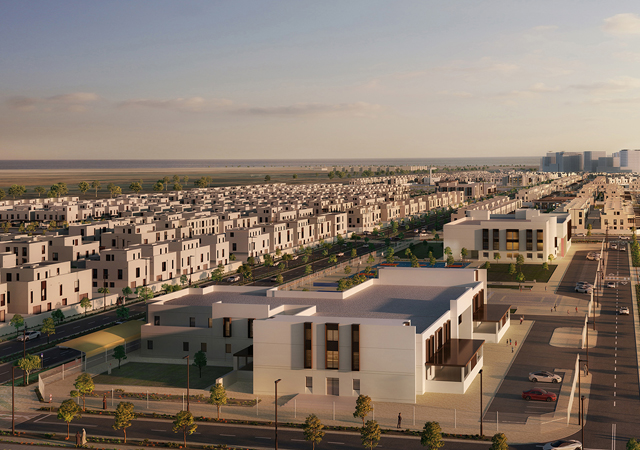

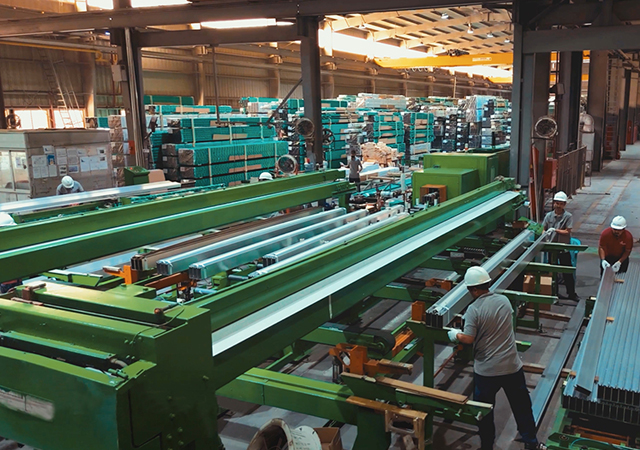



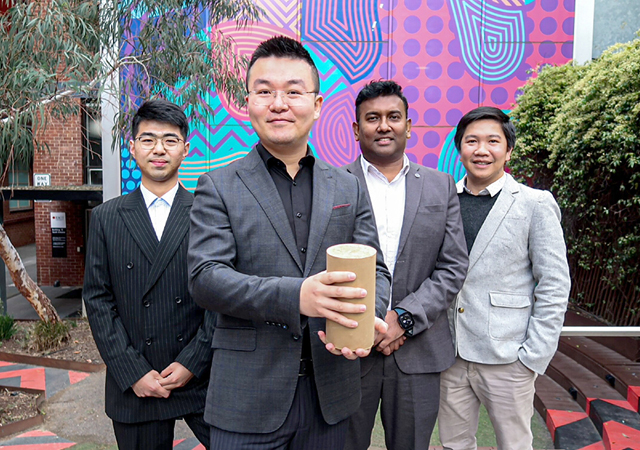



.jpg)


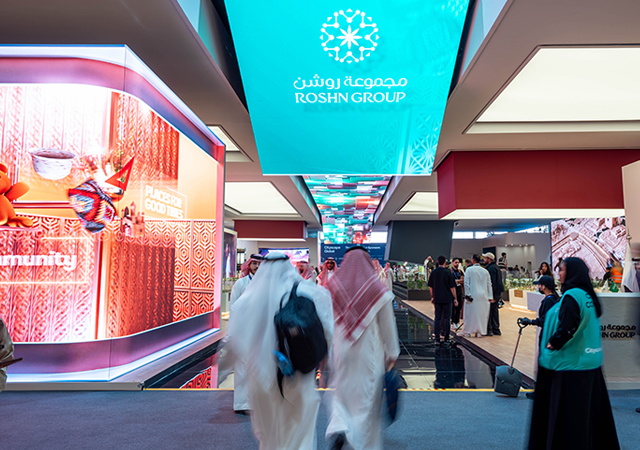








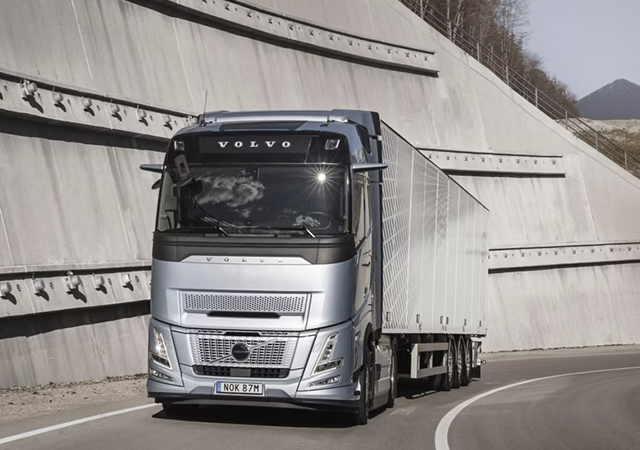

 (1).jpg)








